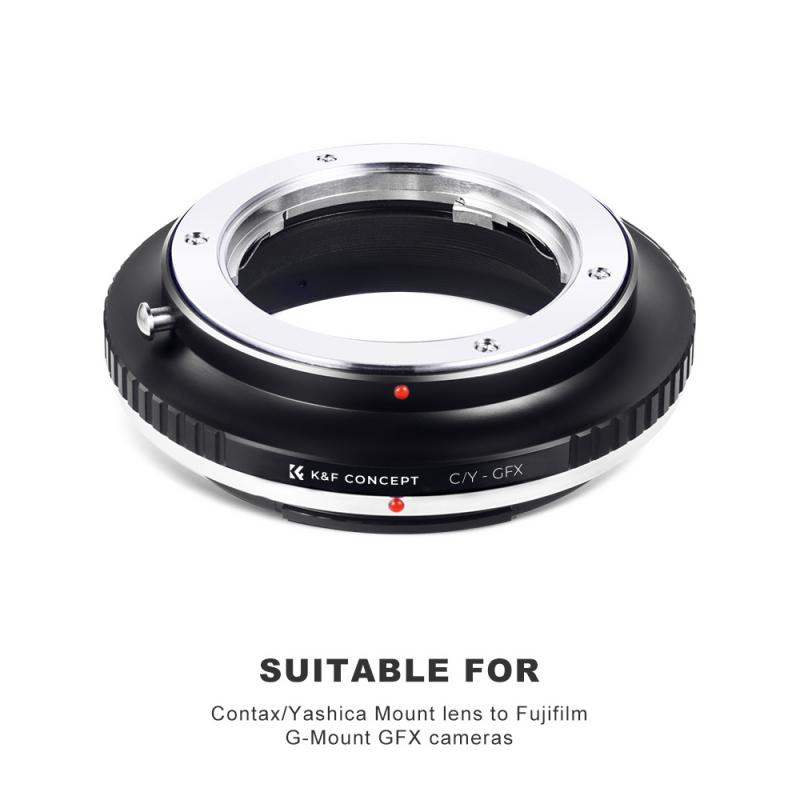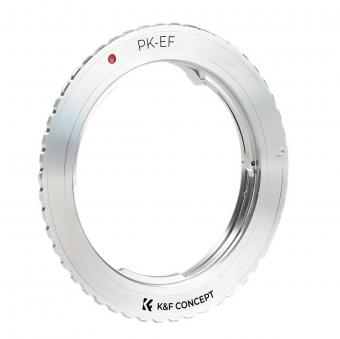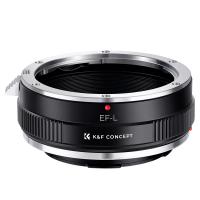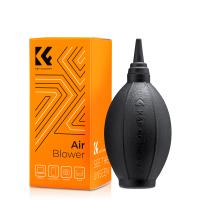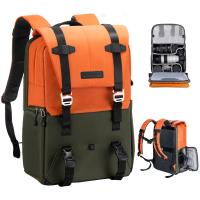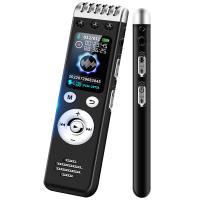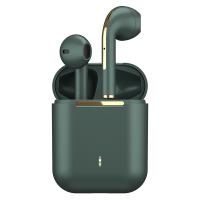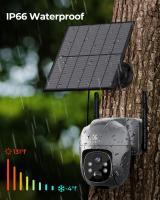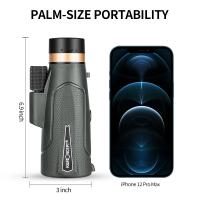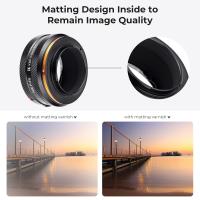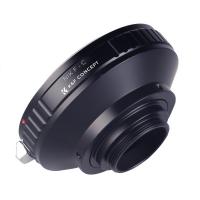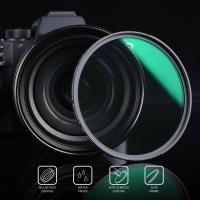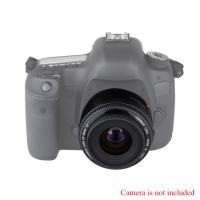How To Use A Medium Format Digital Camera ?
Using a medium format digital camera involves several steps. First, ensure that the camera is fully charged and that you have a compatible memory card inserted. Next, familiarize yourself with the camera's controls and settings, such as ISO, aperture, and shutter speed. Adjust these settings according to your desired outcome.
To capture an image, compose your shot through the camera's viewfinder or LCD screen. Use the camera's autofocus or manual focus to ensure sharpness. When ready, press the shutter button to take the photo. Review the image on the camera's display to ensure it meets your expectations.
After capturing images, you can transfer them to a computer for editing or storage. Connect the camera to the computer using a USB cable or remove the memory card and insert it into a card reader. Use appropriate software to import and manage your images.
Remember to clean the camera's lens and sensor regularly to maintain image quality. Additionally, explore the camera's features and experiment with different settings to enhance your photography skills.
1、 Understanding the basics of medium format digital photography
Understanding the basics of medium format digital photography is essential for effectively using a medium format digital camera. Here are some key points to consider:
1. Familiarize yourself with the camera: Read the camera's manual thoroughly to understand its features, settings, and controls. Practice using the camera to become comfortable with its operation.
2. Master exposure settings: Understand the relationship between aperture, shutter speed, and ISO to control the exposure. Experiment with different settings to achieve the desired effect.
3. Utilize the larger sensor: Medium format cameras have larger sensors compared to smaller formats, resulting in higher image quality, dynamic range, and better low-light performance. Take advantage of this by capturing detailed and vibrant images.
4. Choose the right lenses: Medium format cameras offer a variety of lenses with different focal lengths. Select lenses based on your subject and desired composition. Experiment with different lenses to explore their unique characteristics.
5. Focus accurately: Medium format cameras have a shallower depth of field, so precise focusing is crucial. Use manual focus or autofocus modes to ensure sharpness where it matters.
6. Consider composition: With a larger image area, medium format cameras allow for more creative compositions. Pay attention to framing, leading lines, and the rule of thirds to create visually appealing images.
7. Post-processing: Take advantage of the camera's RAW capabilities to capture maximum detail. Use professional editing software to enhance your images further, adjusting exposure, color balance, and sharpness.
It's important to note that the latest advancements in medium format digital photography have made these cameras more accessible and user-friendly. With improved autofocus systems, faster shooting speeds, and enhanced connectivity options, medium format cameras are becoming more versatile and appealing to a wider range of photographers.
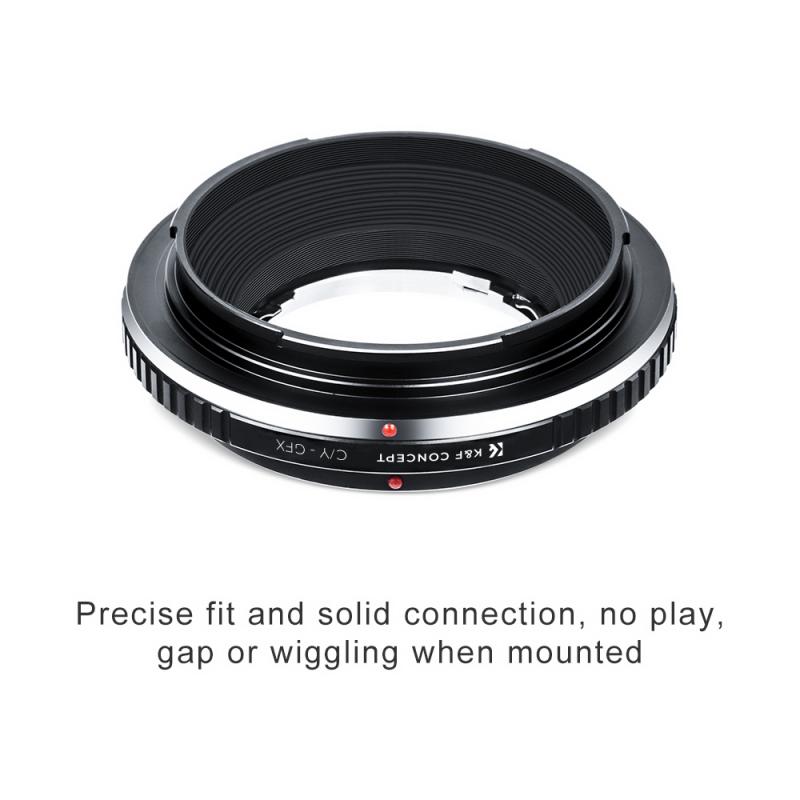
2、 Choosing the right settings for optimal image quality
Choosing the right settings for optimal image quality is crucial when using a medium format digital camera. These cameras offer exceptional image quality and detail, but understanding how to maximize their potential is essential. Here are some key points to consider:
1. Image Format: Medium format cameras typically offer various image formats, such as RAW or JPEG. Shooting in RAW format allows for greater flexibility in post-processing, as it captures all the data from the sensor. However, it requires more storage space and post-processing time.
2. ISO Sensitivity: Medium format cameras generally have excellent low-light capabilities, but it's still important to choose the appropriate ISO setting. Start with the lowest ISO (e.g., ISO 100) to minimize noise and maximize dynamic range. Increase the ISO only when necessary to maintain a fast enough shutter speed.
3. Aperture and Depth of Field: Medium format cameras have larger sensors, which inherently provide a shallower depth of field. Experiment with different apertures to control the depth of field and achieve the desired focus and background blur.
4. Shutter Speed: Use a fast enough shutter speed to avoid camera shake and motion blur. Medium format cameras are often used in controlled environments, such as studios, where a tripod can be utilized for longer exposures.
5. White Balance: Set the appropriate white balance to ensure accurate color reproduction. Many medium format cameras offer various white balance presets, as well as the option to manually set the white balance based on the lighting conditions.
6. Focus and Composition: Take advantage of the camera's autofocus system or manually focus to ensure sharpness. Pay attention to composition and framing, as the larger sensor size allows for more detail and a wider field of view.
It's important to note that technology is constantly evolving, and new features and advancements may be introduced in the latest medium format digital cameras. Therefore, it's recommended to consult the camera's manual and stay updated with the manufacturer's recommendations for optimal image quality.
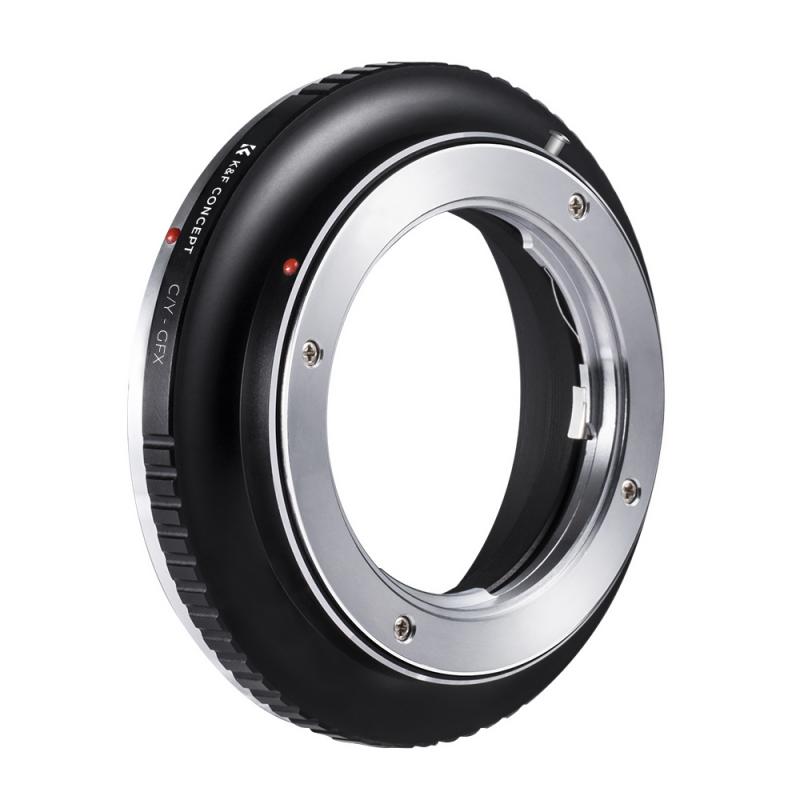
3、 Mastering composition and framing techniques for medium format
Mastering composition and framing techniques for medium format digital cameras is essential to capture stunning and visually appealing photographs. Here's a guide on how to use a medium format digital camera effectively:
1. Understand the Aspect Ratio: Medium format cameras typically have a 4:3 aspect ratio, which differs from the standard 3:2 ratio of most DSLRs. This means you need to consider the frame differently and compose your shots accordingly.
2. Utilize the Larger Sensor: Medium format cameras have larger sensors compared to DSLRs, resulting in better image quality and dynamic range. Take advantage of this by paying attention to details and capturing intricate textures and tones.
3. Experiment with Depth of Field: Due to the larger sensor size, medium format cameras offer a shallower depth of field. This allows you to create beautiful bokeh and isolate your subject effectively. Experiment with different apertures to achieve the desired effect.
4. Focus on Composition: Composition plays a crucial role in any photograph, and it becomes even more important with medium format cameras. Pay attention to the rule of thirds, leading lines, and symmetry to create visually pleasing images.
5. Take Your Time: Medium format photography often requires a slower and more deliberate approach. Take your time to set up your shot, adjust the settings, and compose the frame. This will ensure that you capture the best possible image.
6. Embrace the Dynamic Range: Medium format cameras excel in capturing a wide dynamic range. Use this to your advantage by capturing scenes with high contrast and challenging lighting conditions. Post-processing techniques like HDR can further enhance the dynamic range.
7. Practice Patience: Medium format cameras can be bulky and slower compared to smaller formats. Embrace the slower pace and use it to your advantage. Take the time to observe your surroundings, anticipate the perfect moment, and capture it with precision.
In conclusion, mastering composition and framing techniques for medium format digital cameras requires a combination of technical knowledge and artistic vision. Embrace the unique capabilities of medium format cameras, experiment with different techniques, and practice patience to capture stunning photographs.
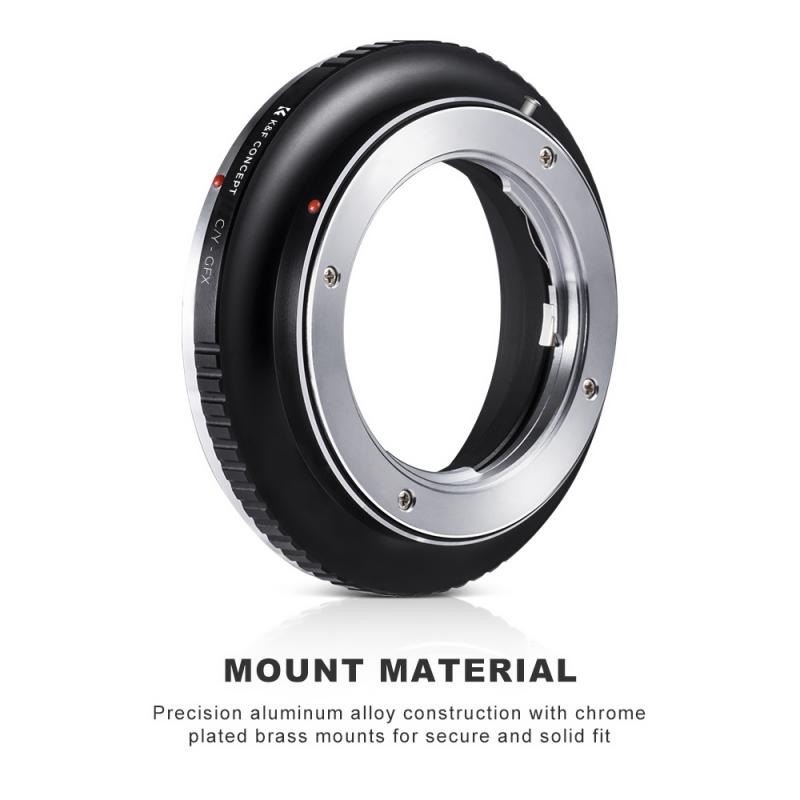
4、 Utilizing advanced features and functions of your camera
Utilizing advanced features and functions of your medium format digital camera can greatly enhance your photography experience and help you capture stunning images. Here are some tips on how to make the most of your camera:
1. Familiarize yourself with the camera's controls: Take the time to read the camera's manual and understand the various buttons, dials, and menus. This will allow you to quickly access and adjust settings while shooting.
2. Master exposure settings: Medium format cameras often offer advanced exposure controls such as spot metering, exposure compensation, and bracketing. Experiment with these features to achieve the desired exposure in different lighting conditions.
3. Utilize the high-resolution sensor: Medium format cameras are known for their large sensors, which produce incredibly detailed images. Take advantage of this by shooting in RAW format and post-processing your images to bring out the finest details.
4. Explore different lenses: Medium format cameras typically have interchangeable lenses, allowing you to choose the best lens for each situation. Experiment with different focal lengths and apertures to achieve the desired depth of field and perspective.
5. Utilize the camera's autofocus system: While medium format cameras may not have the fastest autofocus systems, they still offer accurate focusing. Take advantage of this by using single-point autofocus or manual focus for precise control over your subject.
6. Experiment with different shooting modes: Your camera may offer various shooting modes such as aperture priority, shutter priority, and manual mode. Explore these modes to have full control over your exposure settings.
7. Take advantage of the camera's built-in features: Many medium format cameras come with built-in features like multiple exposure mode, interval shooting, and long exposure capabilities. Experiment with these features to add creativity to your images.
Remember, practice is key to mastering any camera. Take the time to experiment with different settings and techniques to find your own style and make the most of your medium format digital camera.
